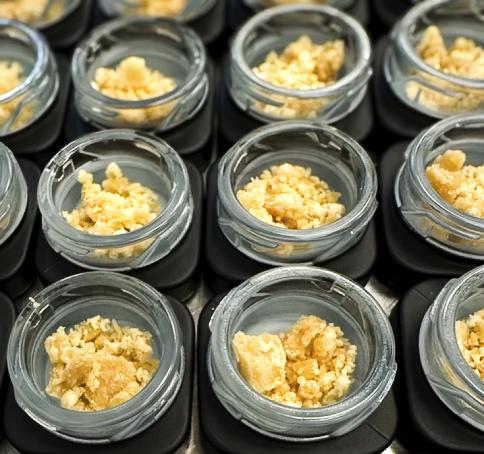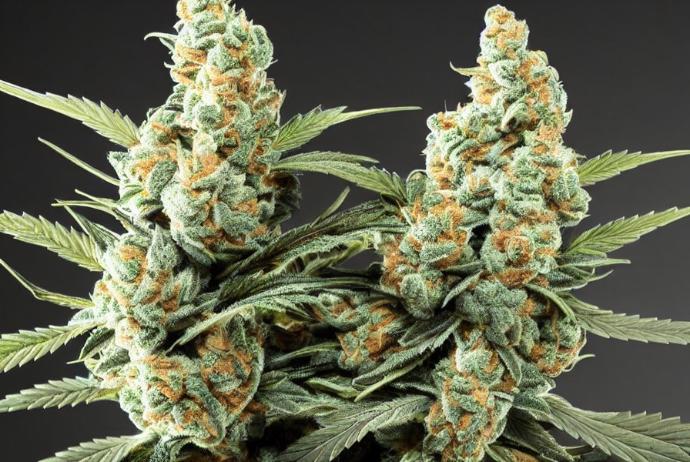Cannabis and humans share a vibrant, intricate history that stretches back thousands of years. From the rituals of ancient civilizations to the cutting-edge experiments of today's labs, the evolution of cannabinoids tells a story of cultural significance, medicinal benefits, periods of prohibition, and revolutionary discoveries. Join us as we explore the captivating journey of these natural compounds, uncovering how our relationship with cannabis has shaped our understanding and utilization over the ages. In this article, we'll trace the historical roots of cannabis, dive into the modern research surrounding cannabinoids, and ponder the exciting possibilities that lie ahead in this dynamic field. Discover the rich tapestry of cannabis, a plant that continues to influence human health and society profoundly.
The Ancient Origins of Cannabis Use
Unearthing the Roots
The journey of cannabis, a plant rich in cannabinoids, begins over 5,000 years ago. Ancient civilizations across Asia and Africa valued the cannabis plant not just for its psychoactive properties but also for its potential health benefits, as observed and recorded within their cultural and medical practices. These uses, documented in archaeological findings and ancient manuscripts, reflect an early recognition of the plant’s potential utility in areas such as pain management during surgeries and childbirth and as sedatives. It is crucial to note that these historical uses do not necessarily align with modern medical standards and should be viewed as part of the cultural heritage rather than as substantiated medical claims.
Cultural Integration and Medical Applications
As the use of cannabis spread to the Middle East and the Mediterranean, its role in society expanded to include medical applications as per the knowledge of the time. Ancient Greek and Roman medical texts and Islamic medical scholar Avicenna's writings describe using cannabis extracts to alleviate pain and treat various conditions. These historical references illustrate the evolving understanding of cannabis's therapeutic potential through the ages, but they should not be misconstrued as evidence of efficacy by contemporary medical standards. This distinction helps contextualize the historical significance of cannabis while adhering to modern scientific rigor.
The Renaissance of Cannabinoid Research
The Discovery of THC and CBD
The mid-20th century heralded a crucial turning point in our understanding of cannabis, with the isolation and detailed analysis of key cannabinoids like CBD (cannabidiol) and THC (tetrahydrocannabinol). This era marked a shift from traditional and anecdotal use to a more rigorous, scientific approach in studying how these compounds interact with the human body. While historical records had hinted at the plant’s potential, modern cannabinoid science has advanced through empirical research and clinical trials, adhering to contemporary scientific and regulatory standards. Join us as we delve into this transformative period in cannabis research, exploring how the discovery of THC and CBD has reshaped our understanding and opened new frontiers in medical science.
Bridging Traditional Knowledge and Modern Science
The 1990s brought another groundbreaking advancement in cannabis research with the discovery of the endocannabinoid system (ECS), an internal network of receptors that maintains bodily homeostasis and interacts directly with cannabinoids. The elucidation of the ECS has not only validated the centuries-old uses of cannabis but also catapulted the plant from a traditional and folkloric remedy to a central focus of scientific inquiry. This discovery bridges the gap between ancient wisdom and modern science, providing a deeper understanding of how and why cannabis impacts human health.
The Global Journey of Cannabis and Cannabinoids
Prohibition and Stigmatization
The 20th century saw significant challenges for cannabis as it faced widespread prohibition and stigmatization across many regions. These developments were driven by a mix of political, social, and economic factors, which not only restricted essential research but also transformed public perception. The period was marked by policies that cast cannabis in a predominantly negative light, obscuring its ancient roots and growing scientific interest. Understanding this era helps us comprehend the historical shifts that have influenced how cannabis is viewed in contemporary society.

Revival and Legalization
In recent years, there has been a significant shift towards the legalization and decriminalization of cannabis. This change is driven by a better understanding of its potential uses and a broader societal acknowledgment of its role. This revival is not just a legal and political milestone; it also marks a cultural resurgence that reconnects modern society with cannabis's extensive historical legacy. As various regions embrace these changes, they pave the way for renewed interest and research into cannabis, highlighting its place in both historical and contemporary contexts.
The Future of Cannabinoid Science
Expanding the Horizon
The landscape of cannabinoid research is currently experiencing a renaissance as scientists push beyond the traditional boundaries defined by THC and CBD. The focus has broadened to include cannabinoids like CBG (cannabigerol), CBC (cannabichromene), and THCV (tetrahydrocannabivarin), each of which represents a unique aspect of the cannabis plant's chemical diversity. Researchers are exploring how these cannabinoids interact with various biological pathways, aiming to elucidate their individual characteristics. This exploration is not only about understanding the specific effects of each compound but also about uncovering how they may differ from or synergize with better-known cannabinoids.

Ethical and Legal Considerations
As the scope of cannabinoid research widens, the ethical and legal implications become increasingly complex. The global shift towards more liberal cannabis policies necessitates a thoughtful approach to regulation that supports scientific advancement while safeguarding public health. Regulatory frameworks must be designed to ensure that research and use of cannabinoids are both ethical and compliant with international standards. This includes considerations around consent for clinical research, the quality and sourcing of cannabis used in studies, and the potential environmental impact of increased cannabis production.
A New Chapter in Cannabinoid Exploration
The ongoing evolution in the field of cannabinoids is a confluence of historical knowledge and innovative research techniques. This era in cannabinoid science is marked by a systematic, meticulous approach to studying these compounds, which involves characterizing their interactions within the body and their overall profiles. As this field progresses, it will be crucial to continue fostering an environment that values rigorous scientific inquiry, ethical research practices, and well-informed regulatory policies. Such an integrated approach will ensure that the potential of cannabinoids is explored thoroughly and responsibly, reflecting both respect for the plant's complex nature and commitment to advancing our understanding of its place in science and society.
























